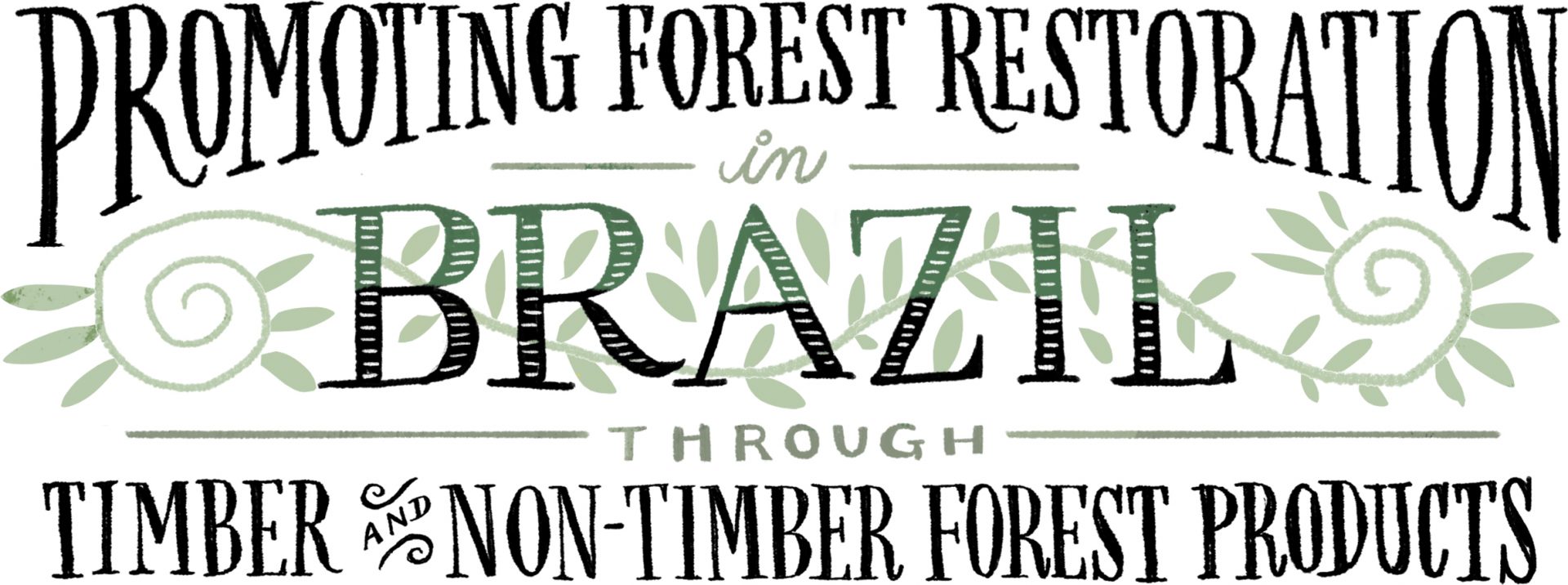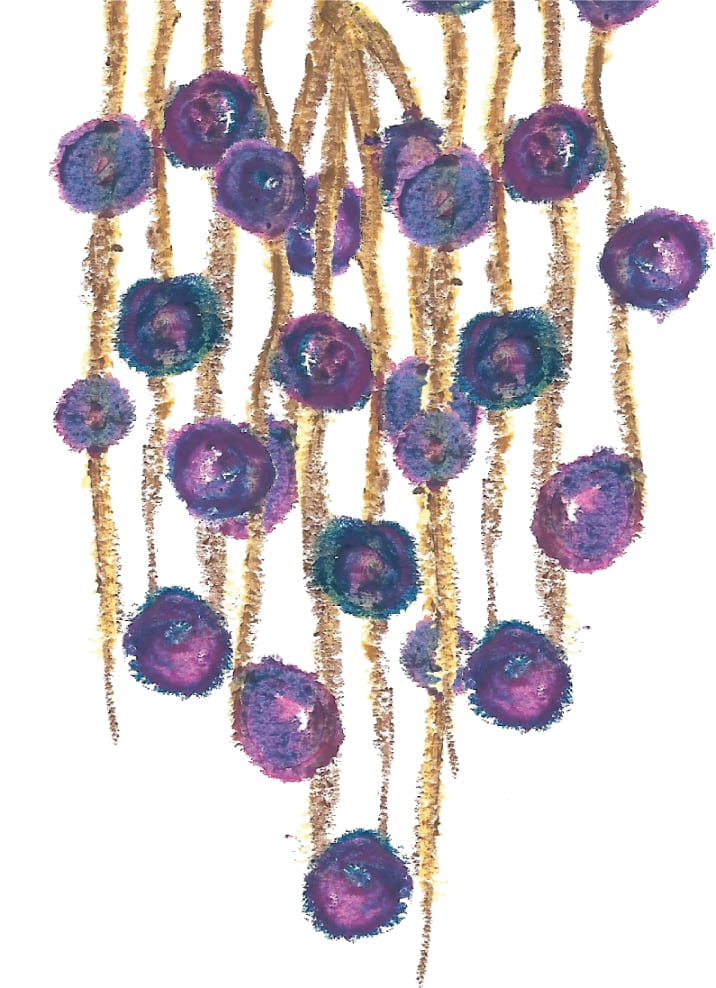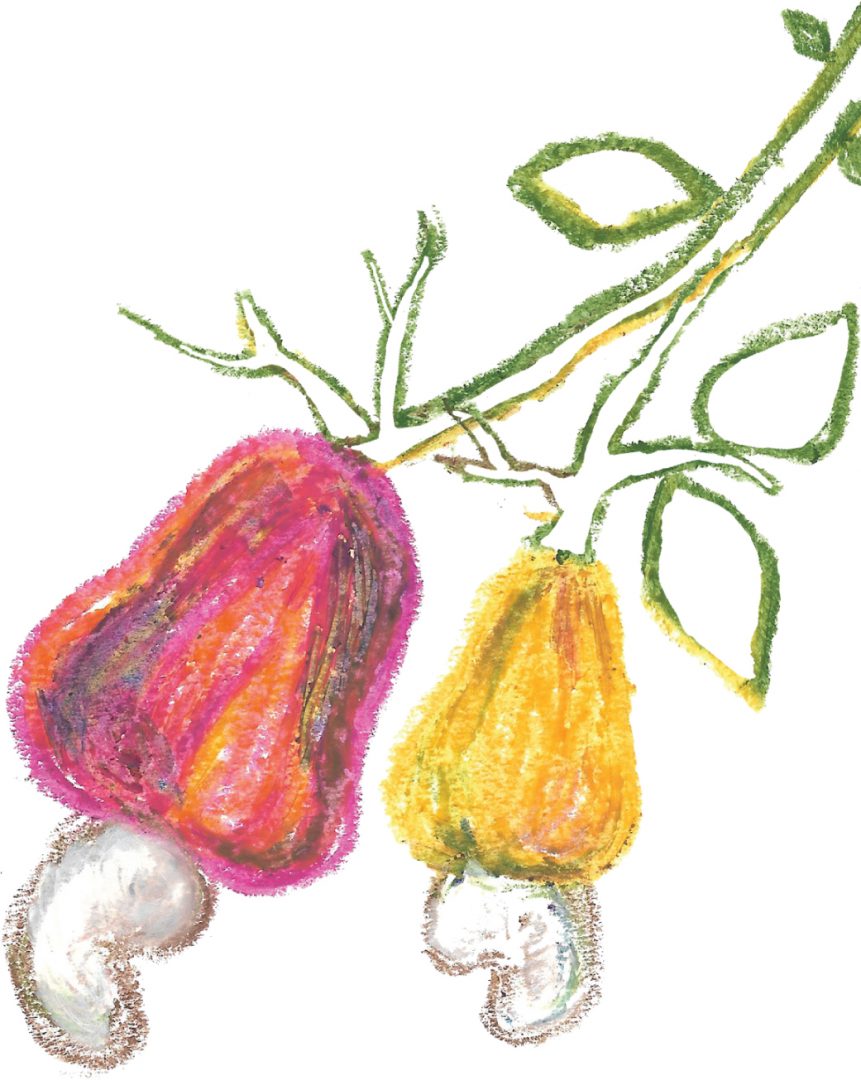
Tropical forests are a huge shopping mall for indigenous and local communities, from where they obtain food, medicines, construction, and building materials, fuel, and many other contributions to their quality of life, from pigments for artistic paintings to infusions for communicating with spirits. Throughout much of the tropics, forests providing such diverse uses and experiences have been converted to large-scale monoculture plantations focused on a few agricultural commodities to supply demand by global markets. In economics, the replacement of hundreds of forest products by maize, soybean, oil palm, sugarcane, and other staple foods or biofuel has not been considered a problem, based on the argument that modern agriculture has found substitutes for native plants to support human wellbeing. However, it is clear now that the uses of some native species cannot be substituted by their modern counterparts.

For instance, no exotic eucalypt or pine tree species cultivated in Brazil can supply wood for producing fine bows for string instruments as good as that of the Brazilwood tree (Paubrasilia echinata). This tree species, endemic to Brazil’s Atlantic Forest, was the first product exported by Portugal when the country was colonised in 1500, and part of the name of this tree (‘brazil’ is derived from the Portuguese word for ‘ember’ and is a reference to the red dye extracted from the wood of this species) baptized the new country.
Brazilwood is now an endangered species with a few native remnant populations. Similar to Brazilwood, many other native species with commercial potential can no longer be exploited in forest remnants and rely on their cultivation to reach the shelves of stores. Cultivating native plants may be the only way to fully develop their market potential and include them in the modern economy. However, the commercial production of native tropical plants is still risky due to poor knowledge of production and processing technologies, and market uncertainties.
The production of these species could harness the emerging global forest and landscape restoration movement, which has garnered impressive international support to promote reforestation in the tropics. Part of the risks associated with land opportunity costs, tree planting costs, land tenure, forest protection, and stakeholder engagement is expected to be minimised by restoration programmes that promote the commercial cultivation of native plants. At the same time, revenues from the exploitation of native plants in productive, restored forests could contribute to offsetting reforestation costs and make forest restoration more economically viable use of land rather than other agricultural land uses covering deforested lands. Therefore, the commercial production of timber and non-timber forest products (NTFP) in forests undergoing restoration could result in a win-win scenario and provide a path towards the large-scale restoration of deforested tropical landscapes.
The development of productive restoration models is still, however, a relatively new approach to promoting restoration. It is, therefore, necessary to explore pioneer case studies as sources of inspiration and is also an opportunity to leverage the potential of this approach to promote large-scale restoration. Here, we present a group of case studies from Brazil to illustrate restoration models that can be used to merge production and conservation in restoration.
Juçara pulp production in the Atlantic Rainforest
Regenerating forests have provided forest goods with market potential to people in many different tropical regions, like jungle rubber in southeast Asia, and firewood production in Africa. In Brazil, tropical forests yield several emblematic NTFP with high market demand in the country and internationally. Iconic examples include the yerba-mate (Ilex paraguariensis leaves) and pinhão (Araucaria angustifolia seeds) in south Brazil, the palm heart of Euterpe edulis, cashew (Anacardium occidentale) nuts and fruit pulp in the Atlantic Forest, the Brazil nut (Bertholletia excelsa seeds), cupuaçu (Theobroma grandiflorum fruit pulp), and açaí (Euterpe oleraceae fruit pulp) in the Amazon, many of them classified as “superfoods” due to their health values. Açaí, in particular, has gained international recognition as a superfood and its exploitation from native riparian forests in the Amazon basin has not been sufficient to satisfy the market appetite for this product.

In southeastern Brazil, a network of environmental NGOs, governments, and research organisations have promoted the cultivation of an açaí cousin, the juçara palm (Euterpe edulis), as an alternative to the market of açaí pulp in São Paulo and Rio de Janeiro states. Juçara is an endemic species of the Atlantic Forest and is now threatened by habitat loss and overexploitation of its palm heart, the main NTFP formerly exploited in the biome. Local farmers and quilombolas (communities of descendants of escaped slaves) used juçara as the main commercial species in agroforests and managed secondary forests established in abandoned banana plantations and extensive pasturelands.
A cooperative was established and sells processed, frozen pulp to local markets. Many other native and exotic species are cultivated using reforestation approaches with juçara, which have helped to increase forest cover in a globally important region for conserving biodiversity. Production of NTFP is particularly important in agroforestry systems, because the cultivation of crops may create cash flow for farmers and help maintain the restored forest until commercial woody species reach productive maturity.
Timber production in forest restoration
The global market for tropical timber is huge, but still heavily dependent on logging from native forests. The reduction of tropical forest cover and enforcement of legal requirements have reduced the commercial supply of tropical timber and pushed prices up, which have fostered investments in the production of tropical timber in plantations. For highly deforested ecosystems like the Atlantic Forest, however, many unique timber species are no longer traded, and their cultivation could yield novel wood products in the market. Several restoration models focused on native timber production have been developed across the Atlantic Forest of Brazil. Some of these models intercrop exotic eucalypts with native timber species in order to anticipate cash flow with eucalypt wood production for about 5 years after planting and offsetting restoration implementation and maintenance costs.
The main lessons learned from these projects have been that not all native timber species historically exploited from remnants are good candidates for production in regular plantation schemes because some of them grow too slowly, produce many stems when cultivated at full sunlight exposition, and suffer from pests and diseases when grown at a higher density. One of the key challenges to address when cultivating tropical timber species is the trade-off between growth and ramification or bole shape. Intercropping shade-tolerant timber species with pioneer species may be a good solution for reducing ramification and producing boles with better shape, but competition for light may compromise the growth of the targeted commercial species. At the same time, timber species grown under higher light incidence, not intercropped with shade trees, may overproduce branches and pruning may be needed. Genetic selection may be necessary, because the use of wild materials may result in too much variation in growth, bole shape, and ramification. A simple mass selection yields great results – this consists of planting trees from diverging seed sources to maximise diversity, thinning plants with undesirable characteristics, and harvesting seeds from the good trees remaining in the area.
Finally, it is necessary to develop appropriate wood processing technologies to work with native wood produced in plantations. All machinery and processing techniques employed for tropical timber were developed for working with large boles, but boles produced in plantations rarely reach such large diameters. Timber exploitation in remnants relies on logging few, but very large and old, trees per area, while in plantations a larger timber volume is produced per area, but distributed across many smaller-sized and younger trees. The VERENA project (Economic Value Increase of Reforestation with Native Species) in Brazil (https://www.projetoverena.org/index.php/en/) is an example of a collective effort to unlock the potential of productive restoration through the development of technology and market for native species.

A vision for the future
Forest and landscape restoration programmes have relied on natural regeneration and tree planting to upscale reforestation in the tropics. However, the costs of restoration are still prohibitive for most farmers, who do not wish to abandon agricultural use of their lands. Farmers, in general, wish to keep as much land as possible in some form of production. Developing restoration models for producing timber and NTFP − both through tree plantations in degraded lands and enrichment of natural regeneration – is a way to integrate farmers into the restoration movement.
Through productive restoration, it is not only possible to transform forest restoration into economically viable land use, but also into an effective way to promote social and gender inclusion in the rural tropics. The production of timber and NTFP is a labor-intensive process and can be the basis for a wide supply chain of goods and services providing jobs and incomes to people in the countryside, from seed collection to timber and food processing in local cooperatives.
Native species may also create opportunities for the development of innovative products for a society eager for a novel, healthy food, and exotic tastes. Ultra-processing a few crop species in a myriad of ways for generating novelty in the food market has proven to be bad for both people and the planet. Similarly, depleting timber stocks of native species in forest remnants and replacing the use of hundreds of natives with a few exotic species is not a sustainable solution. It is time to return to our origins and rediscover the taste, colour, shape, texture, and beauty of nature. Tropical reforestation can not only be the path to cleaner drinking water from the tap but also healthier and tastier fruit pulps to mix it with, over a table made of marvelous wood while listening to good classical music performed with Brazilwood bows. Life can be much richer this way.
Further Reading
Brancalion, P.H.S., D. Lamb, E. Ceccon, D. Boucher, J. Herbohn, B. Strassburg, and D.P. Edwards, D.P. 2017. Using markets to leverage investment in forest and landscape restoration in the tropics. Forest Policy and Economics 85(1): 103–113.
Brancalion, P. H. S., R.A.G. Viani, B.B.N. Strassburg, and R.R. Rodrigues. 2012. Finding the money for tropical forest restoration. Unasylva 239(63):25–34.
Latawiec, A.E., B.B.N. Strassburg, P.H.S. Brancalion, R.R. Rodrigues, and T.A. Gardner. 2015. Creating space for large-scale restoration in tropical agricultural landscapes. Frontiers in Ecology and Environment 13(4):211–218.
Souza, S.E.X.F., E. Vidal, G.F. Chagas, A.T. Elgar, and P.H.S Brancalion. 2016. Ecological outcomes and livelihood benefits of community-managed agroforests and second growth forests in Southeast Brazil. Biotropica 48(6):868–881.






